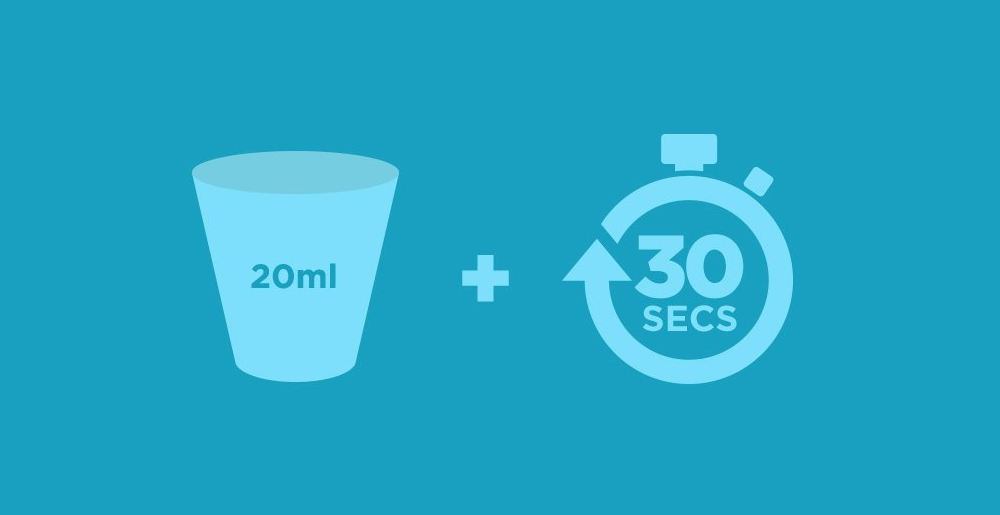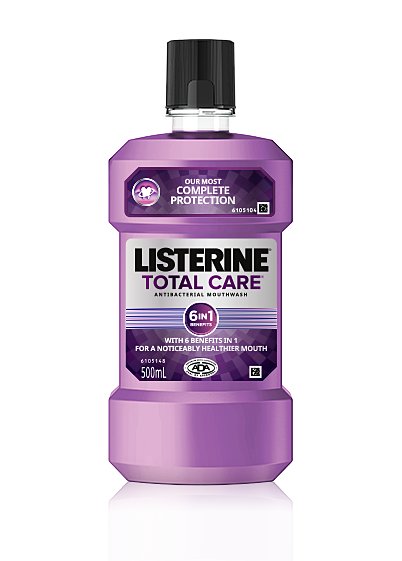It’s never good or appealing to have plaque on your teeth. Worse if it’s tartar. But what’s the difference? And how can we prevent plaque from causing tooth decay?
The Difference Between Plaque and Tartar
Dental plaque is the thin, fuzzy layer of film you feel coating your teeth when you run your tongue across them. It’s usually thickest along the gumlines, where the tissues create a small “pocket” as they attach to each tooth. If not removed thoroughly, plaque gets thicker and covers a larger surface. Slowly, the gum pockets become progressively inflamed, which may eventually lead to the tissue detaching from the teeth, causing the tissues to detach from the teeth, leading to periodontal disease. When plaque stays on your teeth for too long, it can permanently calcify into tartar.
Tartar is hardened plaque. Plaque colonies absorb nutrients and minerals like calcium and phosphate from your saliva and inside your mouth. The plaque biofilm naturally starts to harden after being on your tooth for too long. When it does, a mineralized layer of white, yellow, or brown tartar buildup replaces it. Tartar, just like plaque, can form above and below your gumline. Once plaque has turned into tartar, it won’t change back. The “dead” calcified bacteria now serve as a host and framework for new biofilm to growth, thrive, and calcify into deposits.
Removing Plaque versus Removing Tartar
While brushing your teeth is essential in getting rid of plaque biofilm, research shows that only brushing teeth removes approximately 30 to 53% of dental plaque — there may be some residual plaque in areas you can’t reach very well. That is why a whole-mouth clean achieved by brushing, flossing and rinsing with an antibacterial mouthwash, LISTERINE® Total Care®, that can penetrate the plaque biofilm and help to remove plaque by lowering the level of live bacteria in plaque colonies left behind by brushing and flossing, is critical.
Tartar cannot be brushed or flossed off from your teeth. The best prevention for tartar build-up is a robust daily dental care routine that includes brushing, flossing and mouth rinsing.

TIPS FOR A HEALTHIER MOUTH
Go Beyond Just Brushing
